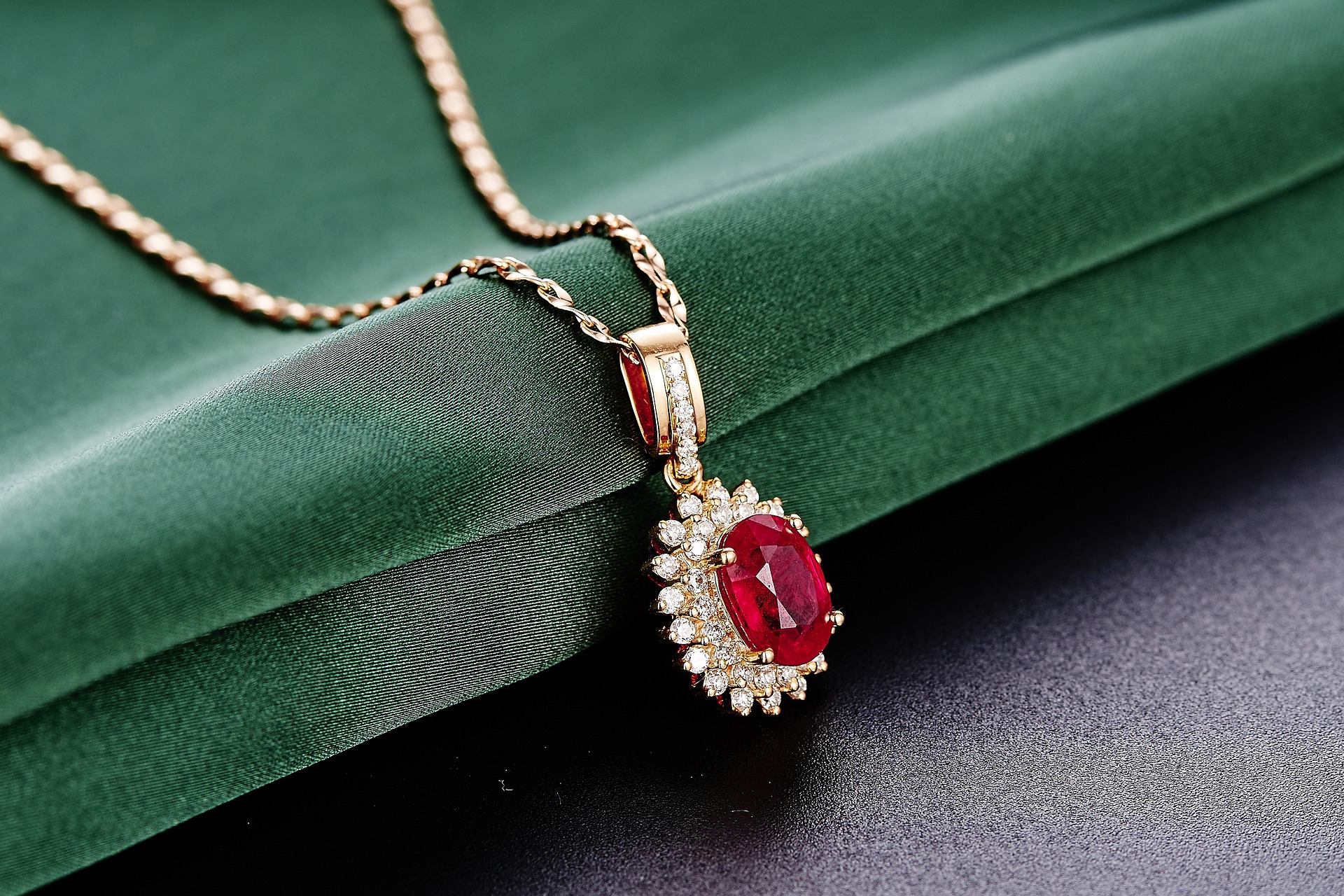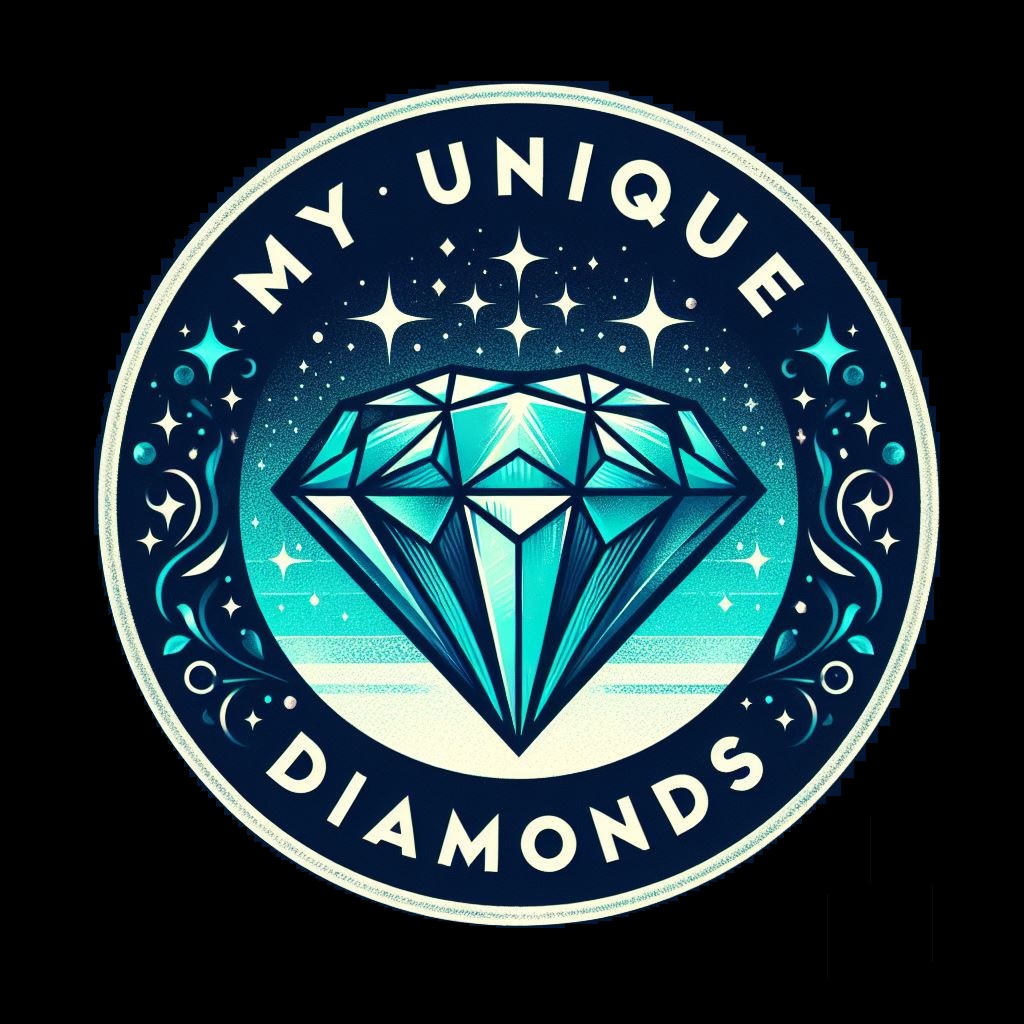If you’re drawn to the world of gemstones, rubies are likely a fascination you can’t ignore. I’m going to introduce you to this striking gemstone that’s been captivating the attention of royalty and romantics alike for centuries. It’s not just their deep red allure; rubies are steeped in historical significance that’s just as rich and colorful as the stones themselves.
Let’s start with some brief technical details. Ruby is a red variety of the mineral corundum, of which the blue variety is the sapphire and all other colors are called fancy sapphires. The most valued and sought-after color of ruby is known as ‘pigeon-blood’ red. The ruby is a traditional cardinal gemstone along with amethyst, sapphire, emerald and diamond. It is a very hard stone of hardness 9 (only diamond is harder at 10).
Let’s talk about how rubies became synonymous with deep affection. They’ve been a symbol of love and passion from time immemorial, often featured in royal engagement rings and tokens of love. But rubies aren’t found hidden in folded love letters—they’re unearthed from the depths of the earth. I’m here to help you understand where the world’s most coveted rubies come from and how they’ve made their way from the rugged mines to the plush velvet of royal jewelry boxes.![]()

![]() Stick around, and you’re going to find out about the specific locales famed for producing rubies that have a glow like no other. Pigeon’s blood rubies from Myanmar, the vibrant stones from the Mogok Valley, and star rubies that seem to hold a cosmos within—they all have stories to tell. It’s this rich background that sets the stage for understanding why rubies have graced the finest pieces of regal attire and continue to do so even in contemporary fashion, which is exactly where we’re headed next.
Stick around, and you’re going to find out about the specific locales famed for producing rubies that have a glow like no other. Pigeon’s blood rubies from Myanmar, the vibrant stones from the Mogok Valley, and star rubies that seem to hold a cosmos within—they all have stories to tell. It’s this rich background that sets the stage for understanding why rubies have graced the finest pieces of regal attire and continue to do so even in contemporary fashion, which is exactly where we’re headed next.
The Majesty of Rubies: From Crowns to Contemporary Fashion
I’m going to take you back in time to where the radiance of rubies first melded with the regalia of kings and queens. Picture the imperial crowns glinting with deep red stones, each a marker of the monarch’s wealth and power. These weren’t just adornments; they were symbols of divine right and omnipotence. The Timur Ruby, for instance, weighing an impressive 361 carats, now part of the British Crown Jewels, has a lineage of Mughal emperors engraved on its face, narrating a rich history of conquest and luxury.
This isn’t just about history, it’s also about the ruby’s present-day allure. Today you’re going to find out about how these precious gems have transcended time to become icons of modern fashion. Coveted for their intense color and striking beauty, rubies are acing the fashion runways and red carpets alike. Celebrities and influencers alike flaunt their ruby jewelry as a statement of glamour and sophistication.
That’s the strategy I like to leverage when talking about the impact of rubies on culture. In my opinion, to understand ruby’s enduring legacy, just look at its continued significance in high-end jewelry collections. Currently, top designers and luxury brands enhance their creations with rubies to evoke elegance and desire. Choose something that resonates with you, be it a classic ruby ring or a avant-garde necklace, and you’re tapping into a lineage of regal magnificence and contemporary chic.
Your first attempt doesn’t need to be your last in the world of gems; you can always adjust your approach down the road. For those looking to infuse a piece of this royal history into their collection, the next segment sheds light on how to select the perfect ruby. From understanding the nuances that determine its value to the caring techniques that ensure its everlasting allure, I’m here to help you with a comprehensive guide to making these majestic treasures a part of your life.
Selecting and Caring for Your Own Royal Gemstone
Now, if you’re thinking of adding a dash of regal splendor to your collection, choosing a radiant ruby should be a delight. When it comes to hunting for that perfect ruby, color is king. The coveted ‘pigeon’s blood’ red, with its vibrant, deeply saturated hue, is the hallmark of a premium stone. Clarity is another critical factor, though most rubies will have some inclusions. What’s important is that they don’t detract from the gemstone’s overall beauty or brilliance.
Then there are the cut and carat weight. The cut of a ruby should maximize its luster and the evenness of its color distribution. As for the size, larger rubies are rarer, but the allure of a smaller, flawlessly crafted gem can sometimes outshine its more substantial counterparts.
After you’ve decided on your gemstone, your next step is to keep it looking as majestic as it did the day you bought it. Rubies may be tough, ranking a nine on the Mohs scale, just behind diamonds, but they still deserve tender loving care. Protect your ruby from scratches and sharp blows. Steer clear from harsh chemicals when cleaning; instead, stick to warm soapy water and a soft brush. And it’s a wise move to store it separately from other jewelry to avoid scratches.
Keep in mind, while the visual aspects are critical for selection, the ruby’s provenance can add immense value and character to your piece. Should you choose something that resonates with you and mirrors your personal style, it will not only be an investment in a gemstone but also in a fragment of history you can call your own.
